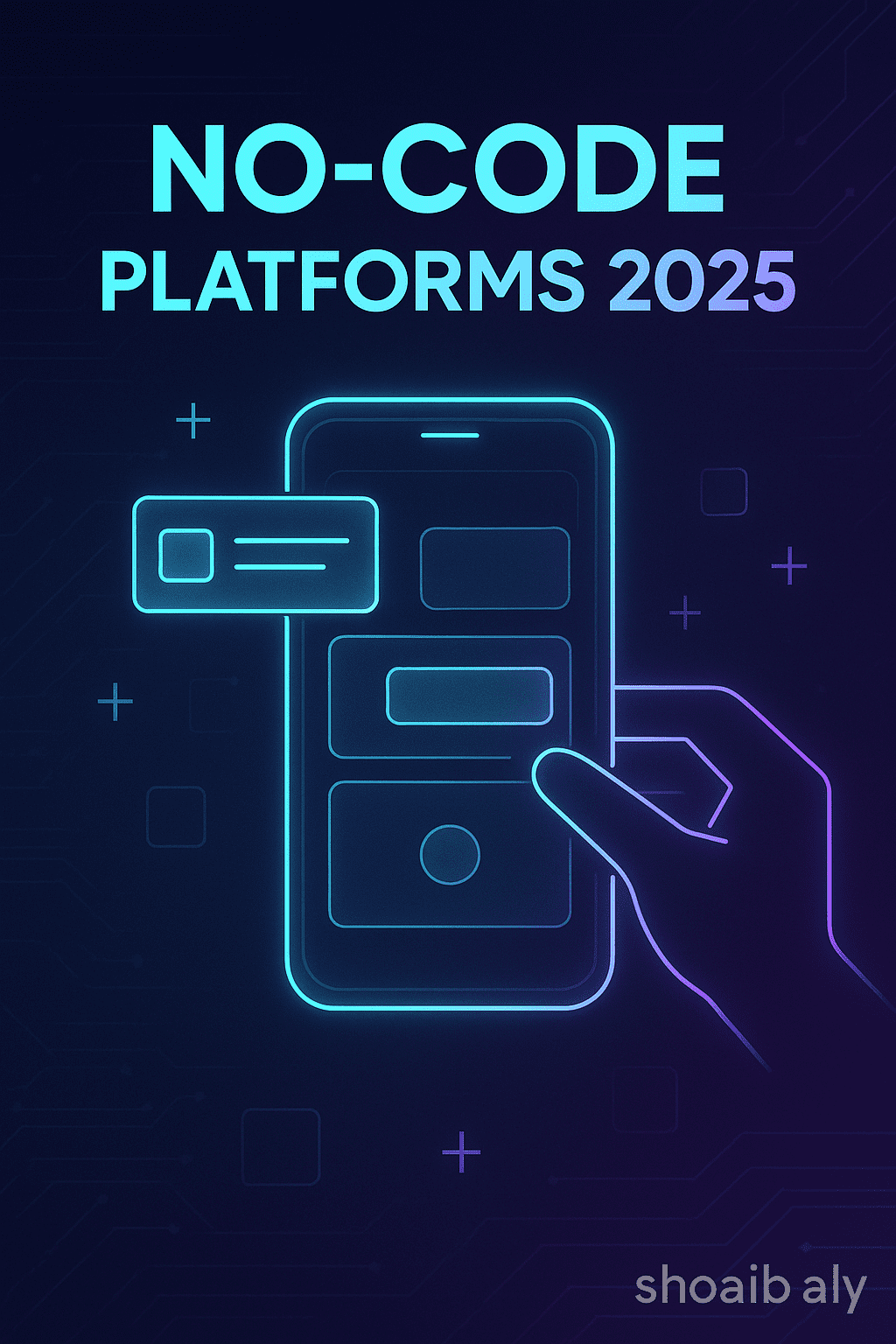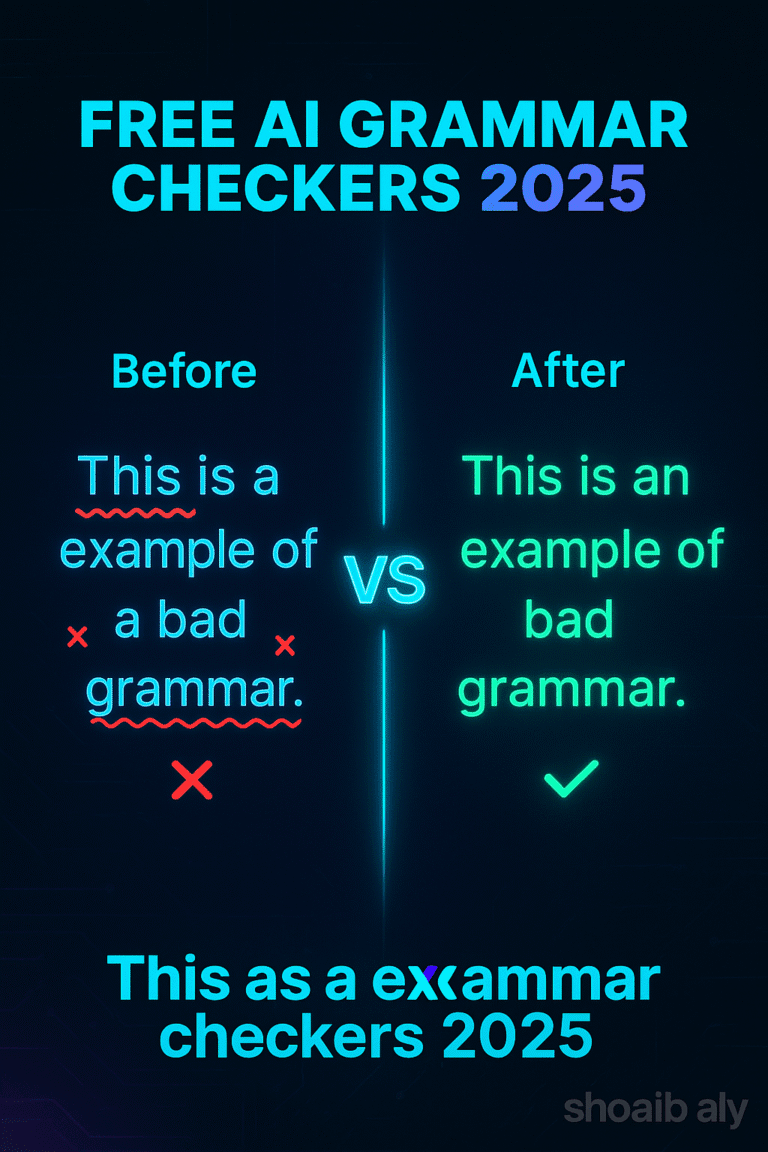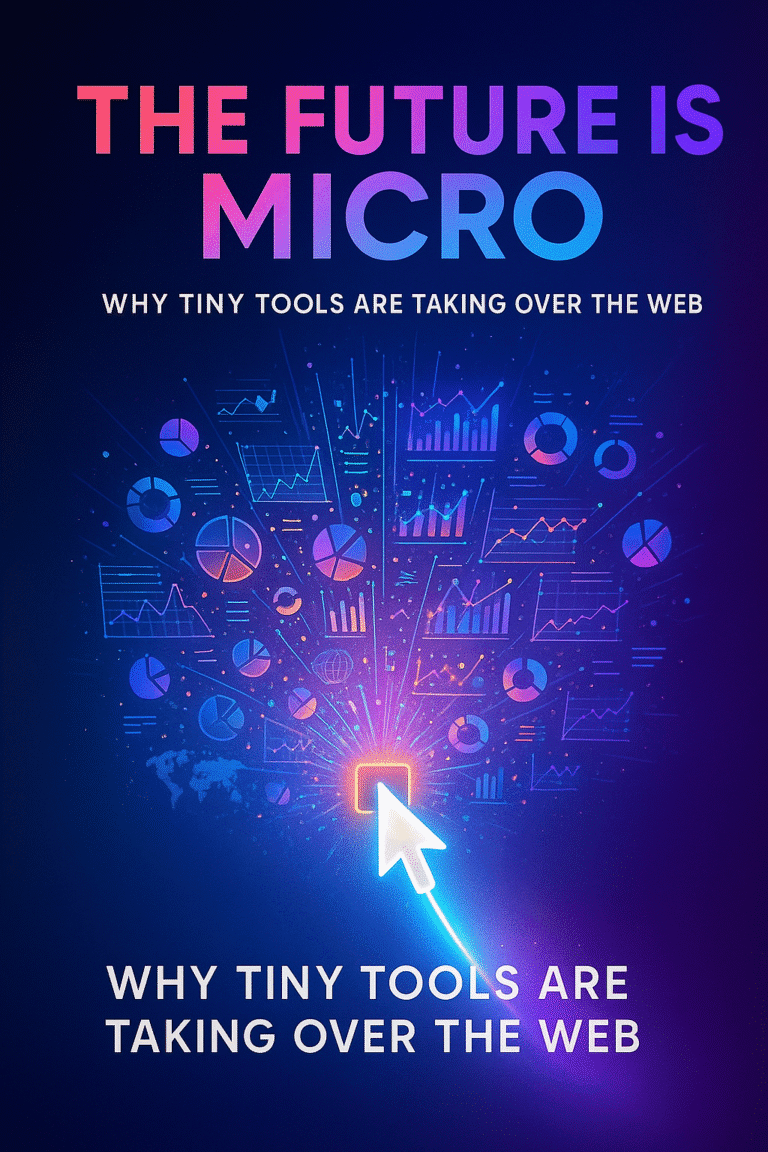Best No-Code/Low-Code Platforms for Building Apps in 2025: The Complete Guide

Remember when building an app meant learning JavaScript, Python, or Swift for months? Yeah, those days are officially over. As someone who’s spent the last two years testing every no-code platform that promises to turn your wild ideas into actual functioning apps, I can confidently say we’re living in the golden age of drag-and-drop development. Whether you’re a college student with a startup idea or a small business owner who’s tired of paying developers $10k+ for basic functionality, these platforms are about to become your new best friends.
What Are No-Code/Low-Code Platforms and Why Should You Care?
No-code and low-code platforms are visual development environments that let you build fully functional applications using drag-and-drop interfaces, pre-built templates, and simple logic flows instead of writing traditional code. Think of them as the Canva of app development – intuitive, powerful, and designed for people who have better things to do than memorize syntax.
The difference? No-code platforms require zero programming knowledge, while low-code platforms might need occasional custom code snippets for advanced features. Both are revolutionizing how we approach software development, with the global no-code market expected to reach $65 billion by 2027.
These platforms are perfect for entrepreneurs, small business owners, marketing teams, freelancers, and anyone who’s ever had an app idea but got scared off by the technical complexity. You’re not just building apps – you’re building the future of your business without the traditional barriers.
Key Features & Benefits That Actually Matter
- Visual Drag-and-Drop Builders: Create complex user interfaces by simply dragging elements onto a canvas. Most platforms offer responsive design automatically, so your app looks great on phones, tablets, and desktops without extra work.
- Pre-Built Templates and Components: Skip the blank canvas anxiety with professionally designed templates for everything from e-commerce stores to project management tools. These aren’t basic templates either – we’re talking about sophisticated designs that would cost thousands if custom-built.
- Database Integration Without the Headaches: Connect to popular databases, APIs, and third-party services with a few clicks. No more wrestling with SQL queries or API documentation – the platforms handle the technical heavy lifting while you focus on your app’s logic.
- Workflow Automation That Actually Works: Set up complex business processes using visual workflow builders. Think “when user signs up, send welcome email, create profile, and add to CRM” – all without writing a single line of code.
- Real-Time Collaboration Features: Work with team members simultaneously, leave comments on specific elements, and track changes with version control. It’s like Google Docs but for app development.
- One-Click Deployment and Hosting: Publish your app to the web, app stores, or internal company networks with built-in hosting and SSL certificates. No need to figure out AWS or worry about server maintenance.
- Built-in Analytics and User Management: Track user behavior, manage permissions, and monitor app performance through integrated dashboards. Most platforms include user authentication, password resets, and role-based access control out of the box.








